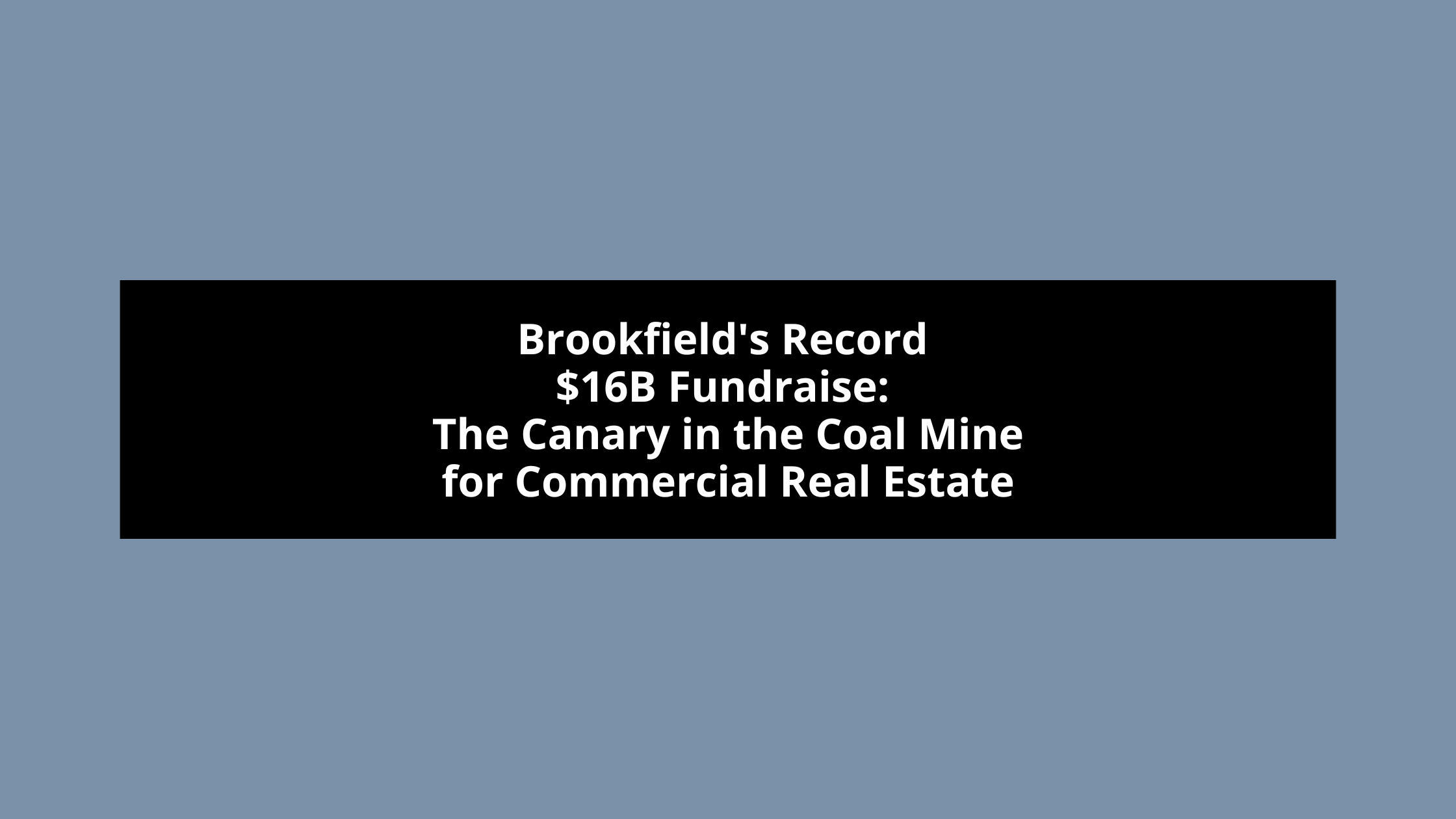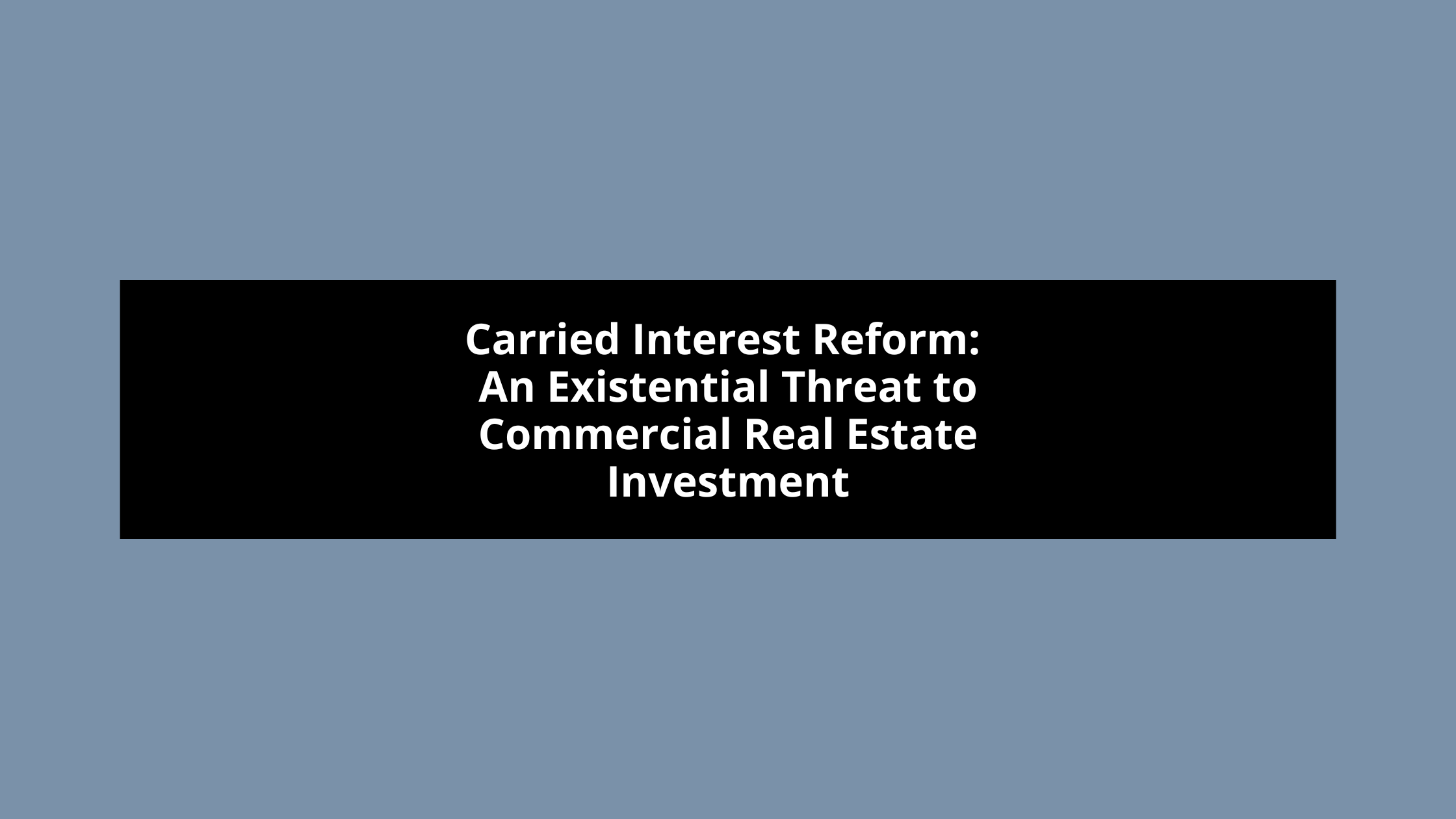Navigating the Office Property Meltdown:
Challenges for Regional Banks in Commercial Real Estate
The commercial real estate (CRE) landscape is undergoing significant turmoil, particularly affecting regional banks. As office property values continue to decline, these institutions are facing unprecedented challenges.
Rising Loan Modifications
~Smaller regional banks in the U.S. are increasingly modifying their CRE loans to manage the fallout from a struggling office market. From a modification rate of just 0.1% at the start of 2024, by the third quarter, this figure had risen to 0.32%.
~This adjustment rate is lower compared to medium (1.93%) and large banks (0.79%), signaling a slower response to the market’s downturn.
~These modifications, often in the form of extended payment terms, are primarily sought by landlords facing financial strain, indicating a broader distress in the sector.
Vulnerability Due to Lower Down Payments
Regional banks have historically provided CRE loans with lower down payments, which leaves them with less equity cushion when property values drop. This practice has made them particularly susceptible to losses as office and apartment complex values have decreased by over 20% from their peak. With less capital reserved for potential loan defaults, these banks are at a higher risk compared to larger institutions, which are often subject to more stringent regulatory stress tests.
The Looming Maturity Wall
The CRE sector is bracing for a significant wave of loan maturities, with around $500 billion in commercial mortgages set to come due in 2025. Experts anticipate that a considerable portion of these will default, leading to forced sales or “fire sales” of properties at reduced prices. This scenario is expected to further depress property values, creating a vicious cycle of declining assets and increased financial pressure on both landlords and banks.
Economic and Market Pressures
Despite some Federal Reserve rate cuts, the cost of borrowing remains high, putting additional strain on CRE borrowers. Rising delinquency rates in office loans, coupled with stagnant long- term borrowing costs, have made refinancing an increasingly daunting task for property owners. This situation not only threatens the stability of regional banks but also challenges the broader economic implications of distressed CRE assets.
Future Outlook
Looking ahead, the pressure on regional banks is expected to escalate as CRE navigates through 2025. With falling asset prices and an influx of maturing loans, the sector might see prolonged periods of defaults and property fire sales. This scenario places smaller banks, which hold a significant share of CRE loans, at the epicenter of this crisis. The Federal Deposit Insurance Corporation (FDIC) has already highlighted the need for vigilant monitoring of these loan portfolios, particularly within smaller banks, to manage the fallout effectively.
Strategic Considerations for Stakeholders
For those involved in commercial real estate, whether developers, investors, or tenants, understanding these dynamics is crucial. Strategies might include:
~Diversification: Spreading investments across different property types or geographic regions to mitigate risks associated with office real estate.
~Negotiation for Loan Terms: Property owners might need to negotiate with lenders for better terms or extensions to navigate through this period of financial strain.
~Capital Reserves: Ensuring adequate cash reserves to handle potential decreases in property values or rental incomes.
The CRE market’s trajectory will significantly influence regional banks’ health and, by extension, the broader financial ecosystem. As we move into 2025, all eyes will be on how these institutions adapt to the challenges posed by the ongoing office property meltdown.


